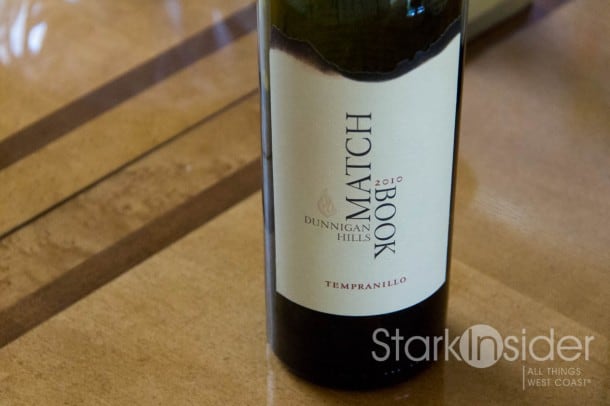“The more often you buy a bottle of wine directly from a winery, the more profit there is for the wine company owners.”
That’s the takeaway from an interesting wine article by industry guru Jo Diaz. Breaking down the cost of getting a bottle from a winery into the hands of a consumer reveals the inherent difficulties of maintaining competitive advantage in a system that apparently favors big operators.
I don’t sell through 3 tier or brokers, I’d be out of business.
Diaz uncovers the disadvantages that wineries often face when working through the infamous “three-tier” wine distribution system (Tom Wark, based out of Napa, is a noted subject matter expert on the topic).
Reinforcing the case for direct to consumer, over 50% of the cost of a typical $50 bottle of wine goes into the hands of the distributors – about 20% to the wholesaler, and 31% to the retailer. I’m not certain these same economics apply to lower cost bottles, but it’s probably safe to assume that the results would be similar.
Interestingly, the actual cost of the grapes and growing them (7%), the cost of the winemaking process (9%) and the cost of materials such as bottles and corks (4%) in sum account for only one-fifth the cost of a bottle of wine. The rest you could suggest is added friction – or, essentially, the cost of doing business.
It’s important to point out that, as Diaz notes, the data was sourced through her “wine sales and marketing degree program notes”; it is not based on a survey, or an industry study. But Jo Diaz is an industry veteran. In the wine business now for well over twenty years, many know and appreciate her work on advocacy groups such as “PS I Love You” (and I love that name) focused on Petite Sirah.
The three-tier system (winery -> distributor -> retailer) makes it notoriously difficult especially for smaller wineries who don’t have the economies of scale to reach buyers across the country. Add to that the complexity of State laws and you have the makings for a system which many consider antiquated.
ALSO SEE: Pinots and Microchips – Interview with Silicon Valley CEO T.J. Rodgers (Video)
William Allen, proprietor of Two Shepherds, a small lot winery based in Sonoma, says, “and thus why I don’t sell through 3 tier or brokers, I’d be out of business.”
Marketing costs in Diaz’s example come in at just 2%. Seems low, but it’s consistent with what you’d find for products in other industries. Take a look at mobile for example. Last year Samsung spent $402 million (U.S.) on marketing its smartphones (and did quite well!). Apple came in at $333 million. Crunch the numbers napkin style and you’ll come up with about 2% in marketing-related costs.
[More: Breaking down the cost of a bottle of wine]


